Participating in an archaeological excavation is a unique and exciting way to experience history firsthand. For almost five decades, BAS has been connecting volunteers with opportunities to participate in some of the most exciting archaeological excavations in the Middle East. A wide variety of people take part in our featured digs, and individuals of many different ages, backgrounds, and cultures have come together to share the thrill of discovery.Dozens of archaeological digs in Israel, Jordan, and elsewhere are looking for volunteers to help them excavate history. Whether you’re interested in the worlds of Kings David and Solomon, want to walk in the footsteps of Jesus and the apostles, or work in an ancient Phoenician city, we’ve got an archaeological dig for you. For each dig, we provide an in-depth description including location, historical and biblical significance, and the goals for the upcoming season. You can also learn all about the dig directors and professors who will lead your summer adventure.
Other
- Abila of the Decapolis
- Antiochia ad Cragum (Turkey)
- Azekah
- Caesarea Maritima
- El-Araj
- Hippos-Sussita
- Jerusalem’s Ophel Hill
- Khirbat al-Mukhayyat
- Khirbet Safra
- Legio
- Majduliyya
- Shikhin/Asochis
- Tel Abel Beth Maacah
- Tel Burna
- Tel Hadid
- Tel Hazor
- Tel Hazor Lower City
- Tel Kabri
- Tel Lachish – Austrian Expedition
- Tel Lachish – Hebrew University Expedition
- Tel Qedesh
- Tel Shimron
- Tell Keisan
- Tiberias
- Timna
Active Digs
These digs are ongoing but may not run every season.Israel
Turkey
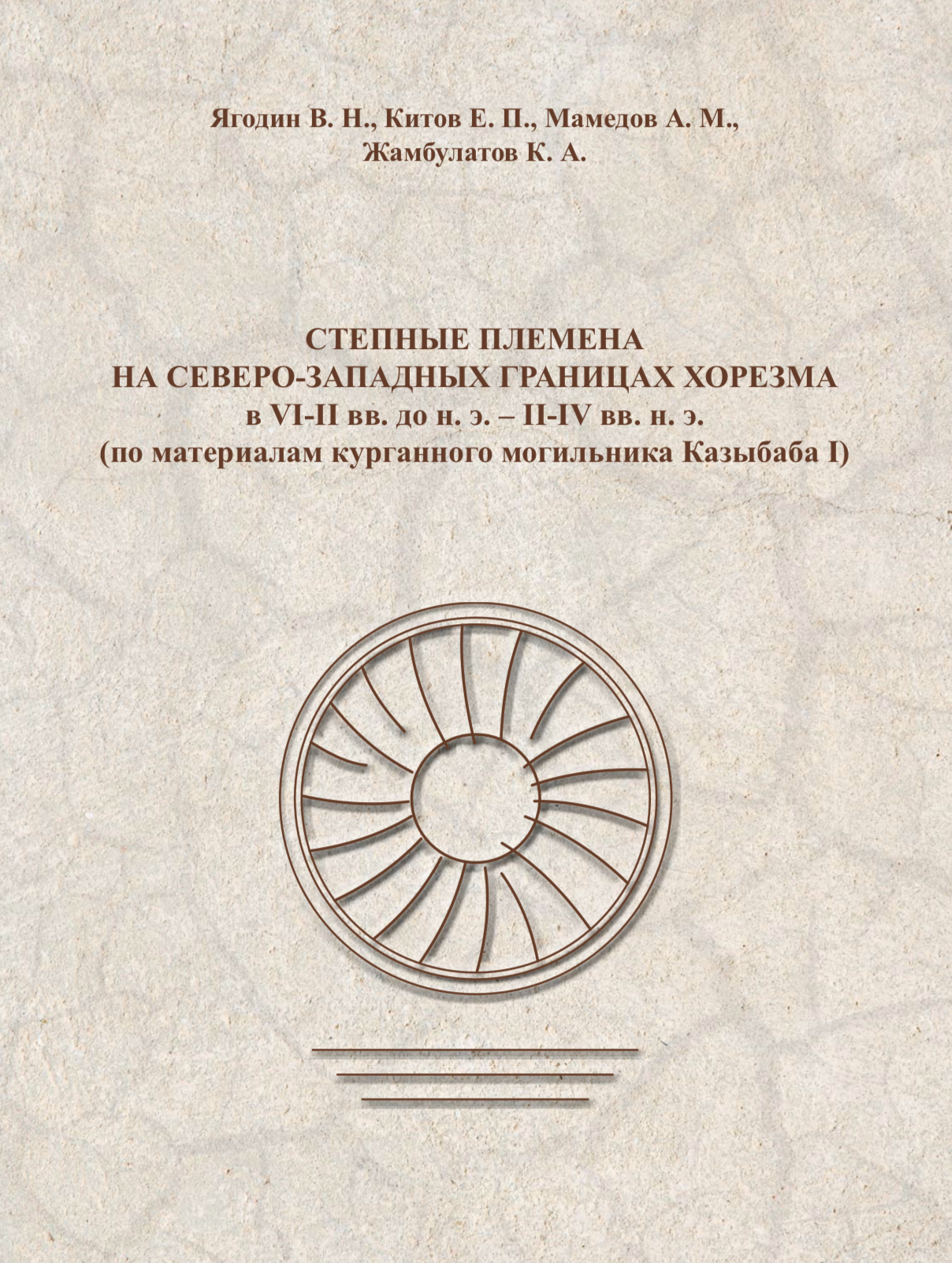
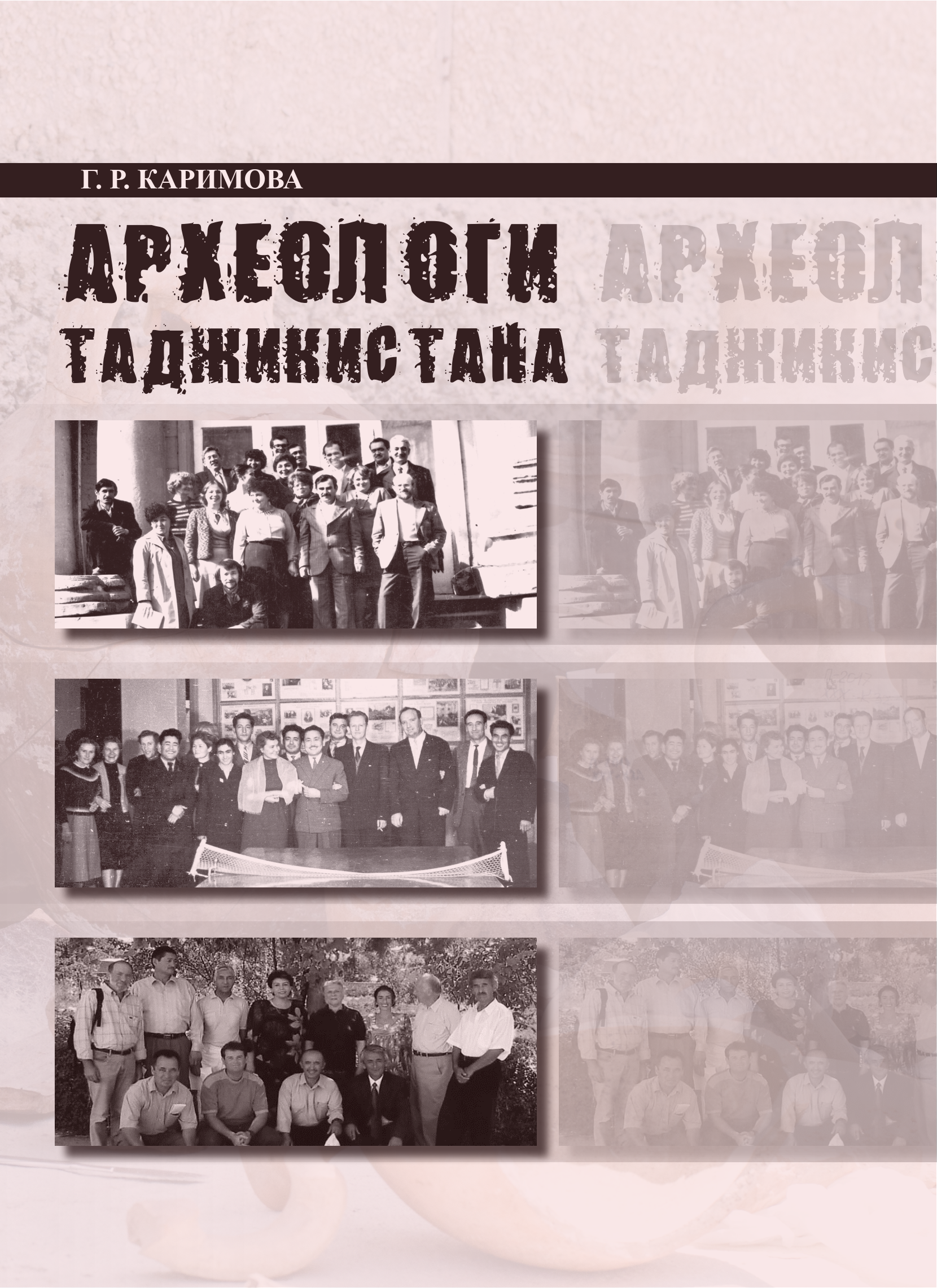
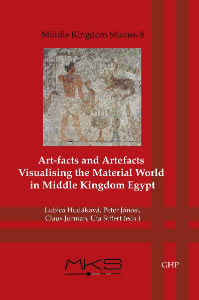
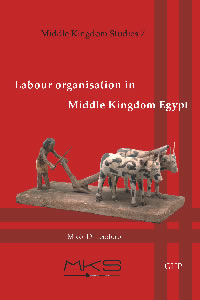
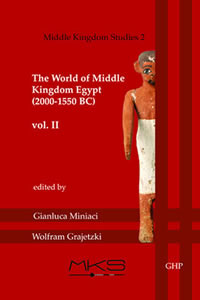
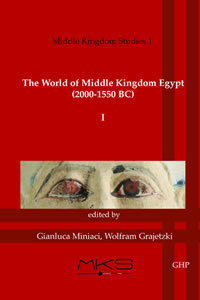
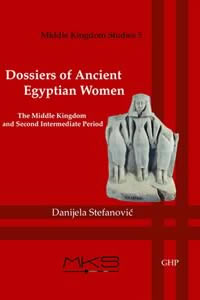
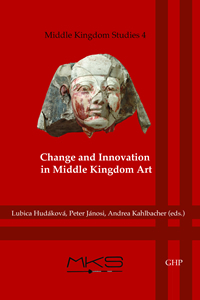
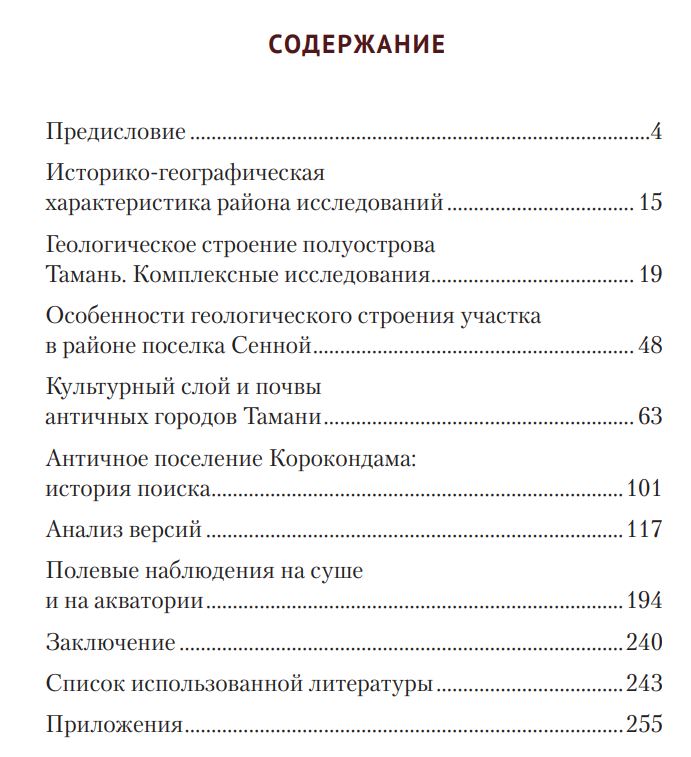










 Stumble It!
Stumble It!
